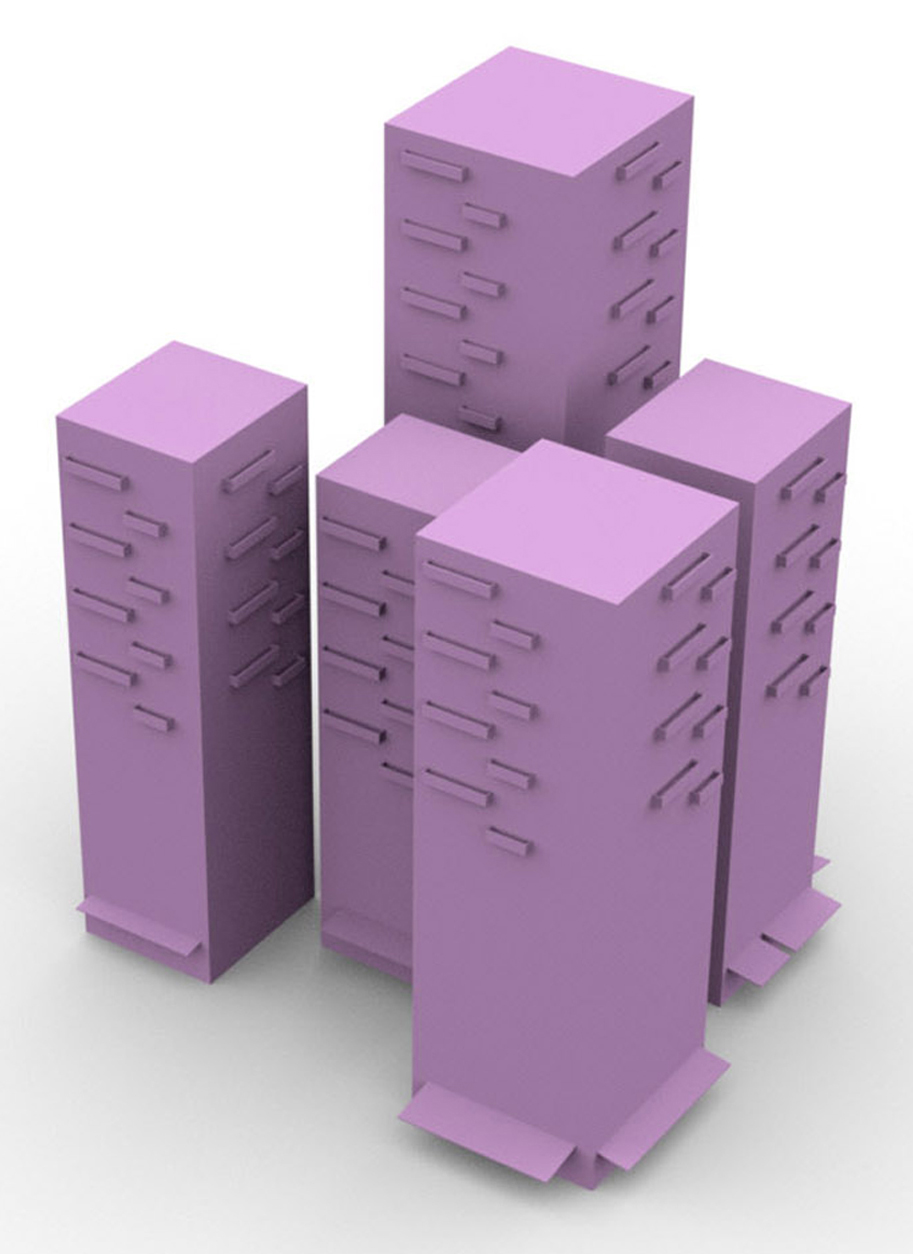Difference between revisions of "Mixed use"
| Line 31: | Line 31: | ||
=== Mobility === |
=== Mobility === |
||
| − | From the mobility perspective, mixed use zones are efficient in the sense that travelling distances between different types of destinations (work, leisure, living) are short. A relatively large part of the trips are made by pedestrians and cyclists (also called [[Traffic safety |
+ | From the mobility perspective, mixed use zones are efficient in the sense that travelling distances between different types of destinations (work, leisure, living) are short. A relatively large part of the trips are made by pedestrians and cyclists (also called [[Traffic safety#Vulnerable road users safety|vulnerable road users]]) and [[Modes of transport#Public transport|public transport]]. |
=== Safety === |
=== Safety === |
||
Revision as of 16:37, 19 December 2012
Contents
Mixed use
A mixed use development consists of a building or group of related buildings (e.g. a scheme) which are used for more than one purpose, such as a series of retail units at ground floor level, office units at first floor level and residential apartments on upper levels.
Description
Function
Social
Economic
Economic function
The primary function of mixed use zones is in the provision of the development of a mix of varied but compatible land uses such as residential housing, retail and services, offices and appropriate industrial activities. The main goal of mixed use zone is to develop a high quality urban environment in terms of jobs, income, real estate value and societal value. Mixed use development yields economic benefits in terms of the optimum use of infrastructure (less need for car use due to the small distances), increasing social interaction and thus a richer, more vibrant urban life. On the other hand it involves higher risks for developers since all elements of the mixed use zone need to be successful. Like any urban development, mixed use development creates direct construction activity (primary economic impact, including planning professionals, commercial real estate agents, attorneys, designers, marketing, landscaping, etc). The secondary impact of construction generates business for a variety of business types such as insurance companies, cleaning services, security companies, etc. On the long term, mixed use space development creates local jobs, income and taxes generated by the consumption and other spending of users of the mixed use space.
The most common types of security threats (in terms of human intent) are crime related (e.g., burglary, fraud, etc.). Crime generates costs in anticipation of crime (e.g. locks, surveillance, etc.), as a consequence of crime (loss of property) and in response to crime (police investigation, legal system, etc.). As a secondary impact, crime has (amongst others) an impact on the local real estate value.
Apart from the more traditional security measures such as policing, alarm systems, surveillance and regulatory bodies, the ‘designing out’ approach in the earliest stages in the planning process can be an effective measure to prevent security threats and reduce the economical damage.
Mobility
From the mobility perspective, mixed use zones are efficient in the sense that travelling distances between different types of destinations (work, leisure, living) are short. A relatively large part of the trips are made by pedestrians and cyclists (also called vulnerable road users) and public transport.
Safety
Security Issues
Measures
Footnotes and references
MAP
<websiteFrame> website=http://securipedia.eu/cool/index.php?concept=Mixed Use width=100% border=0 scroll=auto align=middle </websiteFrame> <headertabs/>
